Dry Drunk Syndrome: What Is It and How Can It Affect My Recovery?
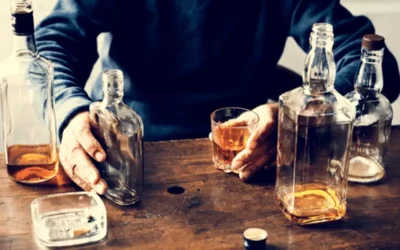
It’s important to work with your loved one’s treatment provider to watch for the warning signs of relapse. During dry drunk syndrome, individuals may experience some of these similar sensations even after they have begun treatment. In some cases, dry drunk syndrome can last for multiple years after a person has stopped drinking. Researchers believe that this is because the brain and body are still recovering from the chronic changes that addiction has caused.
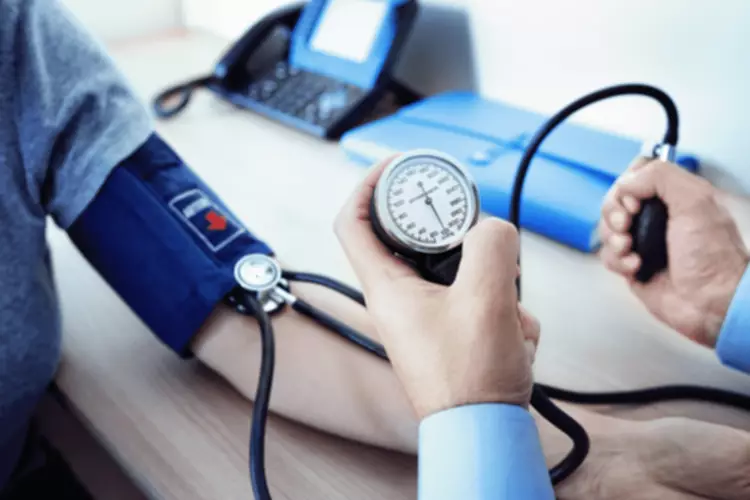
EATING DISORDERS
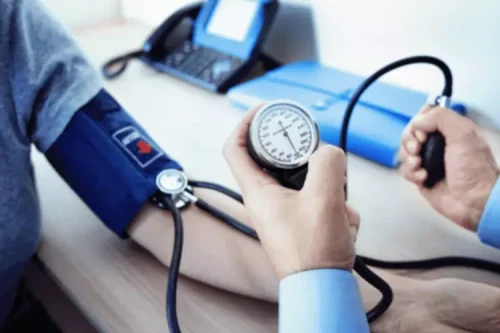
However, this can be a long, difficult process during which some people may experience dry drunk syndrome. Some individuals might prefer to work on their addiction more privately in individual therapy. One-on-one meetings with a therapist offer a place and time to discuss and reflect upon grievances and frustrations, and gain insight into the overall recovery process.
- Learning not to react impulsively to negative thoughts and feelings is an integral lesson of behavioral therapy.
- Using considerate words prevents people seeking recovery from feeling demonized.
- This condition is known as “dry drunk syndrome,” or what researchers call post-acute withdrawal syndrome (PAWS).
- Recognizing these signs gives you the leverage to address them adequately.
- These behaviors can subtly undermine your progress, making it vital to recognize and address them.
What Does It Mean To Have a Substance Abuse Problem?
A dry drunk is an alcoholic who has quit drinking but hasn’t changed the emotional or psychological aspects behind their addiction. They still might behave, act, and fight off emotional struggles in the same way they did when they were drinking, although they are sober. This emotional stagnation, however, leaves them unfulfilled, resentful, or irritable — and that can be just as damaging as active alcoholism. Implementing healthy coping mechanisms and seeking therapy, such as Cognitive Behavioral Therapy (CBT) or Dialectical Behavior Therapy (DBT), can significantly aid in addressing these lingering attitudes. Both therapies offer strategies to manage negative emotions and behaviors more healthily.
Lifestyle Quizzes
- The term “dry drunk” is used to describe a person who has stayed away from alcohol for some time but continues to behave as if he or she is still addicted.
- Emotionally, a person dealing with PAWS may have mood swings and become depressed, making them tough to be around—maybe even as unpleasant as they might have been when they were drinking.
- Here are some strategies to help individuals cope with the triggers of dry drunk syndrome.
- All information provided in featured rehab listings is verified by the facility officials.
- While prolonged substance abuse and subsequent post-acute withdrawal may affect significant personality changes and cause a psychiatric disorder, it also goes the other way around.
- This is especially the case if specific behaviors or mood symptoms affect your day-to-day life.
Regular exercise can improve mood, reduce stress, and help maintain physical health—all of which are beneficial for individuals in recovery. A supportive environment is one that reduces the likelihood of encountering triggers and provides a safe space for dealing with emotions and stressors. This might involve changing one’s social activities or ensuring that one’s living environment is alcohol-free.
The Psychology of Dry Drunk Syndrome
Even after you no longer crave alcohol, you need to deal with the psychological and behavioral issues that contributed to your addiction in order to prevent relapse. Dry drunk syndrome is part of the phenomenon known as post-acute withdrawal syndrome (PAWS). When a heavy drinker quits drinking, their brain sober alcoholic meaning must adjust to the chemical damage that alcohol has caused. Originally coined by the creators of Alcoholics Anonymous, dry drunk syndrome can have a negative impact on the process of giving up drinking both physically and mentally. Incorporating effective Therapy Techniques such as Cognitive Behavioral Therapy (CBT) and Dialectical Behavior Therapy (DBT) can significantly impact your recovery journey.
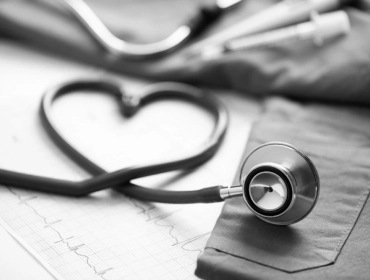
For this reason, I tended to lean on alcohol as a way of making myself seem more appealing during certain social settings. During sixth form and my time at university, the amount you could drink was worn as a badge of honour. As a competitive person, I never wanted to be left behind, so binge drinking once or twice per week was the norm. If the individual regularly consumes alcohol, the brain will grow accustomed to this abnormally high level of dopamine in the body, far higher than the brain itself can produce naturally.
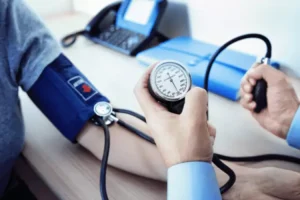
However, sobriety and abstinence from alcohol are only part of recovery when someone struggles with an alcohol use disorder (AUD). If someone hasn’t dealt with underlying factors contributing to their alcohol addiction, they might be described as a dry drunk. Someone who’s a dry drunk behaves in almost every way like a person still in active addiction, but they aren’t drinking. Dry Drunk Syndrome can develop even after years of successful sobriety. Long-term sobriety can sometimes create a sense of safety, which can cause a person to forget to tend to their ongoing emotional and mental health. If they stop doing all the things they were doing to grow, recover, or get better, then the unresolved issues from their addiction can come Halfway house back and the symptoms of Dry Drunk Syndrome will return.
History of Dry Drunk Syndrome
These signs may vary in severity and duration from person to person, and individuals with dry drunk syndrome may not necessarily exhibit all of them. However, recognizing these signs is essential for addressing underlying issues and supporting individuals in their recovery journey. Comprehensive rehab programs include intensive counseling and therapy sessions that help abusers alter attitudes, beliefs, and behavioral responses. Not completing all the modules means that the person has had no chance of doing the inner work that would have prepared him or her to cope with the stressors that prompted alcohol addiction in the first place. The primary role of a friend or family member to a person in recovery is to provide support and reflect the positivity one can find in a life free from addiction. This is especially important when an individual is dealing with dry drunk syndrome.
Through comprehensive treatment that includes therapy as well as recovery programs like 12-Step groups, a person can discover what led them to drugs or alcohol at the start. The first step in dealing with dry drunk syndrome is the same as it was for quitting alcohol. Once you do that, you can look for help and support from those around you. Connecting with other sober people and establishing healthy routines can help as well. For many people in recovery, dry drunk symptoms can make cravings and a desire to drink again very difficult to resist.





